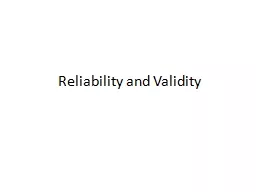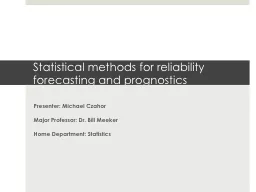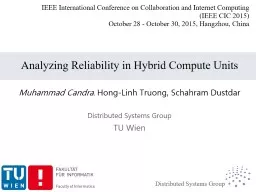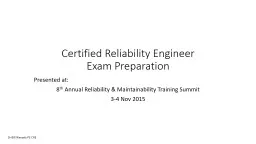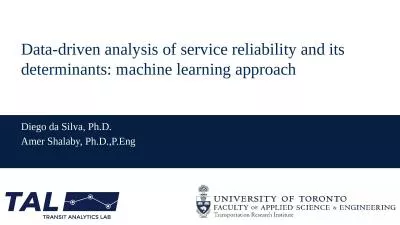PPT-Applying Reliability Physics Analysis
Author : faustina-dinatale | Published Date : 2019-06-30
to ISO26262 Functional Safety Hardware Reliability Assessments Keith Hodgson EE Reliability Lead Ford Motor Co James McLeish DfR Solutions Keith M Hodgson has
Presentation Embed Code
Download Presentation
Download Presentation The PPT/PDF document "Applying Reliability Physics Analysis" is the property of its rightful owner. Permission is granted to download and print the materials on this website for personal, non-commercial use only, and to display it on your personal computer provided you do not modify the materials and that you retain all copyright notices contained in the materials. By downloading content from our website, you accept the terms of this agreement.
Applying Reliability Physics Analysis: Transcript
Download Rules Of Document
"Applying Reliability Physics Analysis"The content belongs to its owner. You may download and print it for personal use, without modification, and keep all copyright notices. By downloading, you agree to these terms.
Related Documents




